




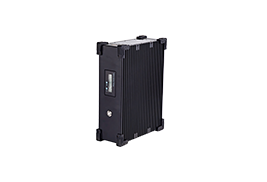
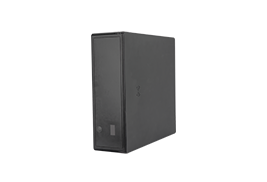
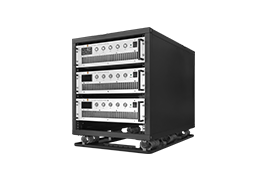
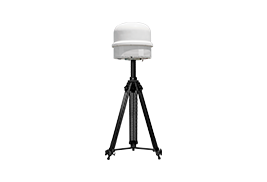
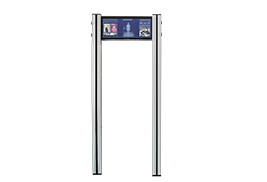
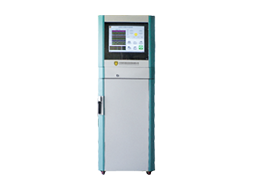


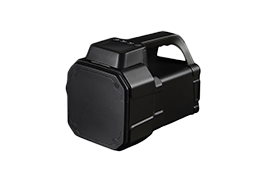
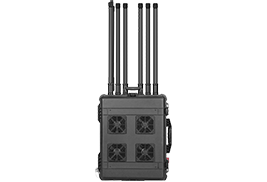
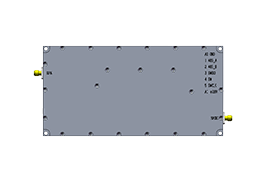
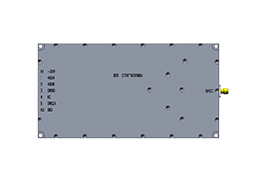
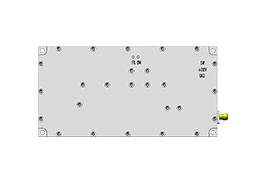
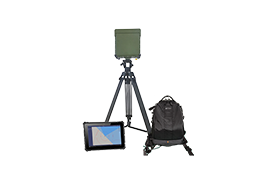
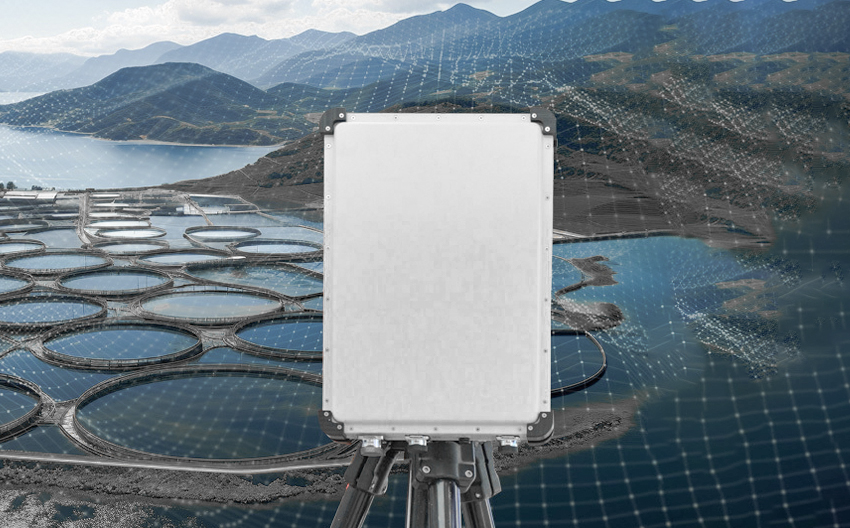
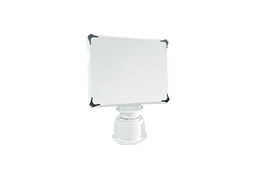
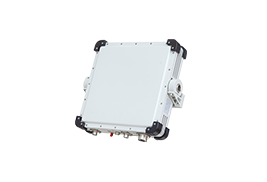



 X
X







 GLOBAL / ENGLISH
GLOBAL / ENGLISH

Metal detectors are fascinating devices used in a variety of security, industrial, and recreational settings. Their primary function is to detect the presence of metal nearby. Here’s how these devices work:
1. Basic Principle
Metal detectors use electromagnetic induction to detect metal. The core of a metal detector is its coil, which acts as both a transmitter and a receiver. The transmitter coil generates a magnetic field, while the receiver coil detects any changes in the electromagnetic field caused by metallic objects.
2. Operation
When the metal detector is powered on, the transmitter coil generates a magnetic field in the surrounding space. When a metallic object enters this magnetic field, it creates a disturbance due to its conductive properties. This disturbance alters the magnetic field, and these changes are detected by the receiver coil.
3. Signal Processing
The signal picked up by the receiver coil is then processed by the detector's control box. If the signal matches the characteristics of metal, the metal detector alerts the user through an audio signal, visual indicator, or both.
4. Types of Metal Detectors
There are several types of metal detectors, each suited for different applications. Very Low Frequency (VLF) detectors are common for security and general purpose metal detection, while Pulse Induction (PI) detectors are used in environments with high mineralization and underwater.
Metal detectors are essential tools for security, treasure hunting, and various industrial applications. Their ability to identify metallic objects through electromagnetic induction is both a scientific marvel and a practical aid in numerous scenarios.












